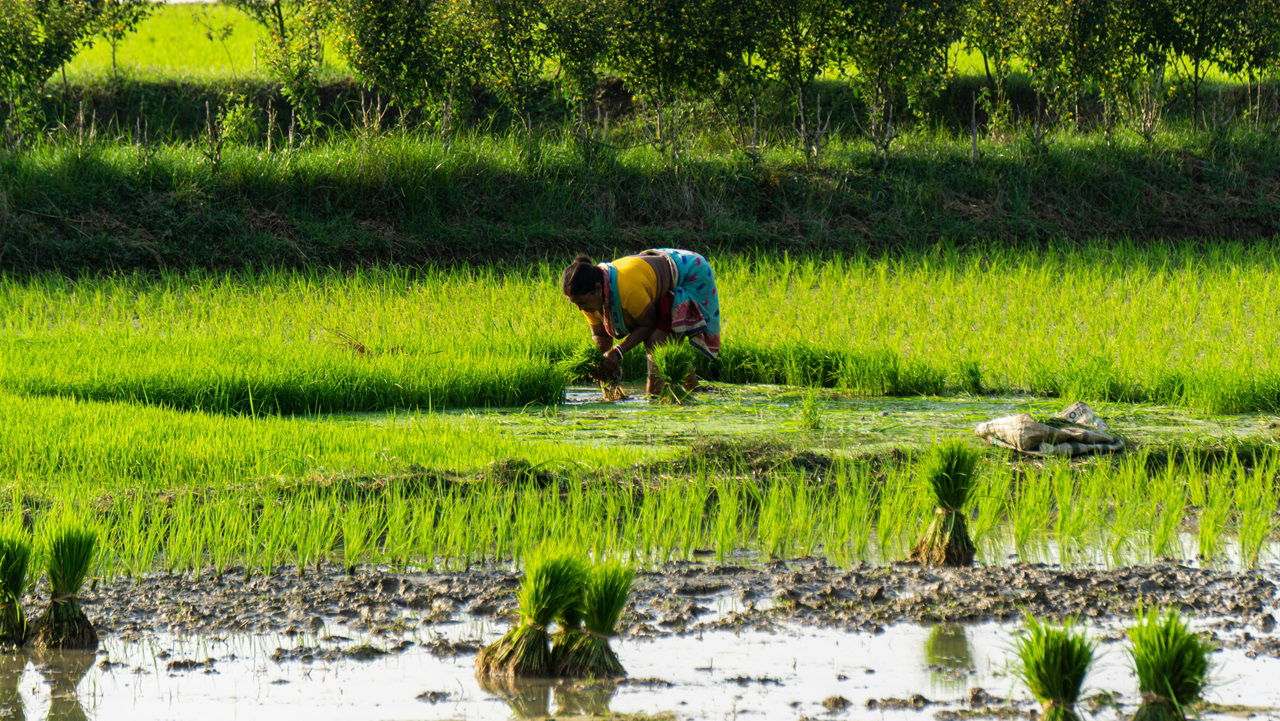
India, the world’s largest rice exporter and a key player in global food security, has made tremendous progress in agricultural productivity since the Green Revolution. However, a new study published in Nature Communications highlights that significant gaps still exist between current rice yields and the crop's full potential. The study, titled "Context-dependent agricultural intensification pathways to increase rice production in India," offers innovative, data-driven strategies to bridge these yield gaps, particularly focusing on Eastern India.
Conducted by a team of researchers from Cornell University, the International Rice Research Institute (IRRI), the International Maize and Wheat Improvement Center (CIMMYT), and the Indian Council of Agricultural Research (ICAR), the study analyzed data from over 15,800 fields across seven key rice-producing states. The researchers found that average rice yields vary significantly, ranging from 3.3 to 5.5 tons per hectare. This highlights substantial yield gaps in regions like Bihar, Odisha, and Uttar Pradesh, where the gap between current and potential yields is between 1.7 and 2.4 tons per hectare. The findings suggest an opportunity to boost rice production through enhanced management and sustainable farming practices.
Key factors identified in the study include nitrogen fertilizer use and irrigation practices, which were found to be major constraints in regions like Bihar, Odisha, and Eastern Uttar Pradesh. In states like West Bengal, the lack of potassium fertilizer, and in Jharkhand, the choice of rice variety, were also limiting yields. Dr. Hari Sankar Nayak of Cornell University emphasized that contrary to the belief that Indian farmers overuse fertilizers, many regions are actually underusing nitrogen, preventing crops from reaching their full potential.
To better understand the impact of these factors, the study used machine learning techniques, including SHapley Additive exPlanations (SHAP) values, to predict field-level rice yields. This allowed the researchers to offer tailored recommendations based on local conditions. The study's precision approach suggested that targeting nitrogen and irrigation in specific fields could increase productivity three times more effectively than general, blanket recommendations.
Several nitrogen and irrigation management scenarios were tested. The study found that applying a uniform nitrogen rate of 125 kg per hectare produced only modest yield gains, while increasing it to 180 kg per hectare resulted in higher yields but raised concerns about sustainability and cost. The most effective approach was targeting nitrogen application and irrigation to the fields that needed it most, nearly doubling yield gains compared to uniform strategies.
The study underscores the need for a shift toward data-driven decision-making in agricultural policy. As India faces challenges like climate change, water scarcity, and soil degradation, precision agriculture presents a sustainable solution. By focusing on local conditions, policymakers can enhance productivity, conserve resources, and reduce environmental impacts. According to co-author Prof. Andrew McDonald, adopting precision farming could transform rice production in India, ensuring food security and sustainability.
According to Virender Kumar, co-author and Interim Sustainable Impact Department Head at IRRI, India's efforts toward a sustainable agricultural future will rely on the integration of technology with traditional practices to address growing food demands while conserving natural resources.
















